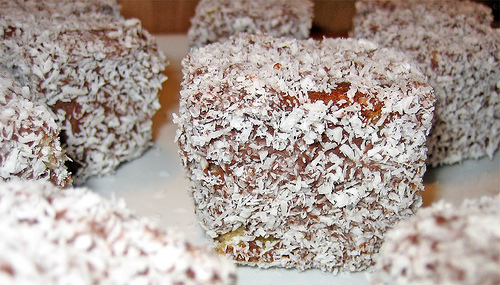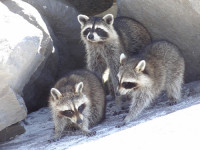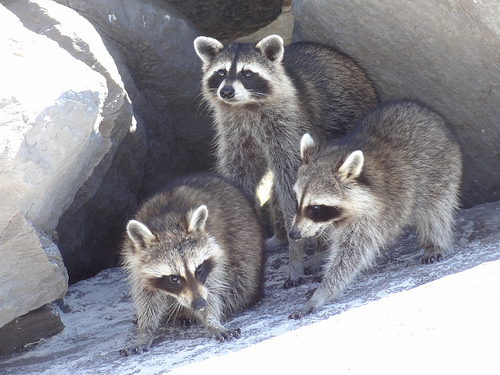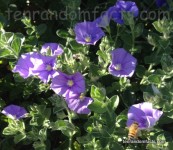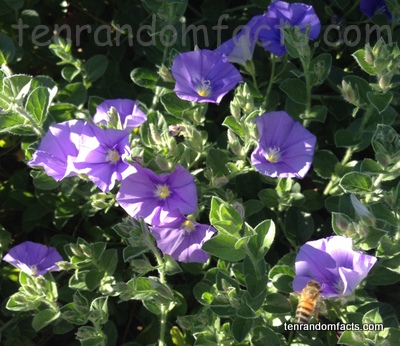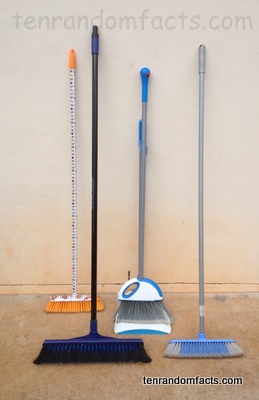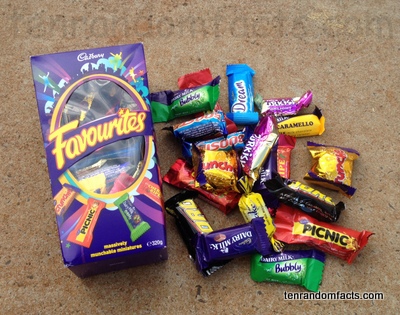
Sit down and eat a nice lamington.
- A lamington is a sweet snack that is primarily cake-based, and it is generally eaten for morning tea, afternoon tea or at a high tea.
- Lamingtons are traditionally a vanilla sponge cake, cut into squares, that are coated in a chocolate sauce, and then covered in shredded and dried coconut (known as desiccated coconut).
- Lamingtons may be halved and layered, with cream or jam in between, and can come in a variety of flavours, such as strawberry or lemon.
- The shape of lamingtons can vary, and are often a rectangular block in shape, although they are traditionally square.
- Lamingtons were invented sometime between 1896 to 1901 in Toowoomba, Brisbane or Ipswich in Queensland, Australia, and are said to have been served to the then Queensland Governor, Lord Lamington and/or his wife.
Lamington
Image courtesy of fugzu/Flickr
- In mid 2011, the Guinness World Record for the largest lamington was created in Australia’s Toowoomba, in Queensland, and it weighed 2361 kilograms (5205 pounds), and was said to be the size of 45,000 standard size ones.
- The exact story of the invention of the lamington is disputed, as it may have been accidental, by dropping a cake in a chocolate mixture, or purposeful.
- Lamingtons are symbolic food icons of Australia, and as such, are often made for and eaten on Australia Day, the nation’s special day.
- The first known published lamington recipe appeared in a Sydney newspaper in late 1901, and while the size of the blocks is not specified in the recipe, they are commonly cut into 4 to 5 cm (1.6 to 2 inches) cubes.
- A national day for Lamingtons in Australia, has been designated as July the 21st, and the cake has often been used as a fundraiser for various clubs, schools and other groups.
Bibliography:
Halmagyi E, A Brief History of Lamingtons, 2015, Fast Ed, http://www.fast-ed.com.au/a-brief-history-of-lamingtons/
History, n.d, Australian Lamington Official Website, http://australianlamingtons.blogspot.com.au/p/history-of-world-famous-australian.html
Lamington, 2015, Wikipedia, http://en.wikipedia.org/wiki/Lamington




